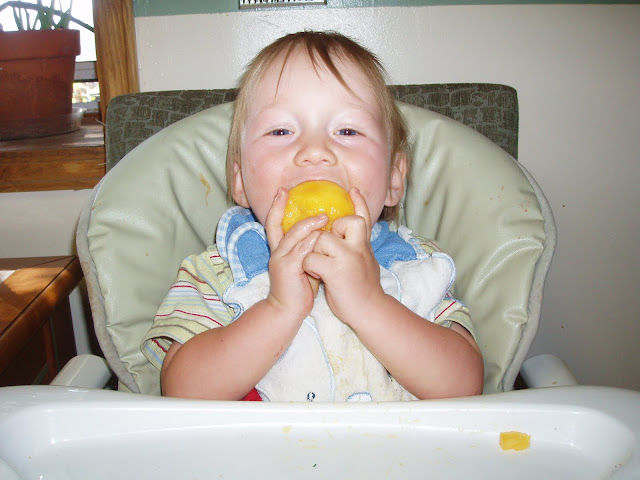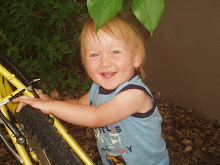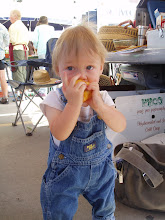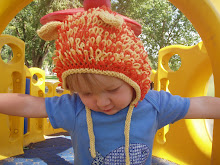The following discussion is taken from Dr. Fearon's website. I found it extremely helpful in understanding why this might have happened to Mason J.
"What causes sutures to fuse shut before they are supposed to? The two most common causes for premature closure of a suture are either a change in one of the child’s genes, or from outside pressure on the skull. When only one single suture is fused shut, the most common cause is probably “environmental” (or from outside pressure on the skull). We know that it is possible to cause craniosynostosis in animals by restricting skull growth while the animal is still in the womb, and it is very likely that this is the primary cause for the majority of the single sutural synostoses in babies. The uterus, or womb, is a relatively small space. We know that sometimes babies can end up in certain positions in the uterus where they cannot move around freely (for example, the breech position). We suspect that children born with a single sutural synostosis may have been positioned in the uterus so that there is pressure on a part of the skull. If the skull gets caught in a tight place in the uterus, this pressure can restrict the ability of the skull bones to be stretched apart by the growing brain. If the suture is not stretched apart, it “thinks” it’s job is done and it fuses shut with normal bone. Abnormal skull shapes and single sutural synostoses are more commonly seen in twins than in single births, further supporting this theory of in-utero constraint. Craniosynostosis is also more common in boys than girls leading some researchers to speculate that testosterone might make suture closure more likely if there is any restriction of skull growth inside the uterus. Mothers who have delivered babies with single sutural synostosis should not feel guilty that they did anything wrong during their pregnancy to cause this condition. Craniosynostosis occurs in spite of the mother doing everything “right.”
Usually, when children with a single sutural craniosynostosis gow up, they do not pass this trait on to their children. However, it has been reported (and we have seen cases of this, as well) of a single sutural synostosis being passed from generation to generation. This hereditary pattern suggests that the single sutural synostosis is caused by a problem with a gene allowing this trait to be passed from one family member to the next. It is possible to test for some of these genes to see if they are present in children with craniosynostosis (which is something that we are currently doing in Dallas). However, it should be remembered that the overwhelming majority of single sutural synostoses appear to be the product of two parents with normal genes, and a mother who has normal prenatal care. Should children born with a single sutural synostosis decide to have children of their own in adulthood, the chance of passing on the condition is estimated to be less than 2%. If a couple has a child who is born with a single sutural synostosis, the chance of this couple having a another child with a single sutural synostosis is also thought to be about 2%."










No comments:
Post a Comment